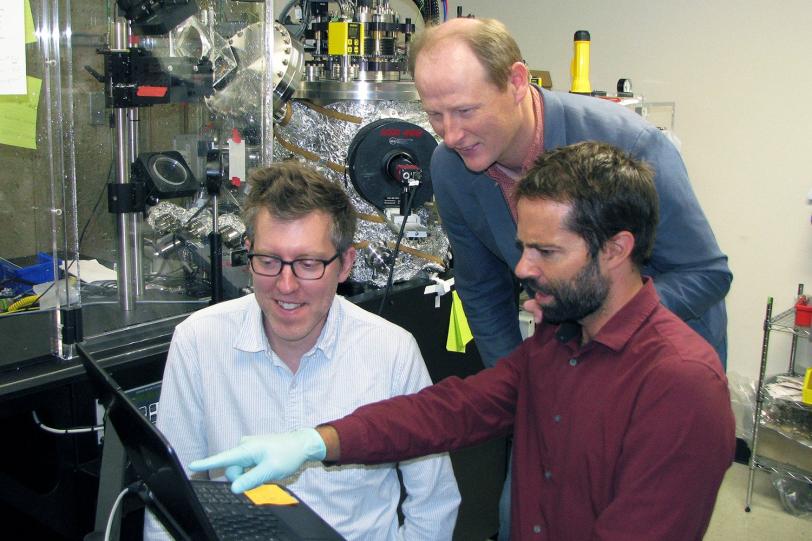September 16, 2019
A new route to carbon-neutral fuels from CO2
SLAC/Stanford scientists and their colleagues find a new way to efficiently convert CO2 into the building block for sustainable liquid fuels.

Dig Deeper
SLAC/Stanford scientists and their colleagues find a new way to efficiently convert CO2 into the building block for sustainable liquid fuels.
